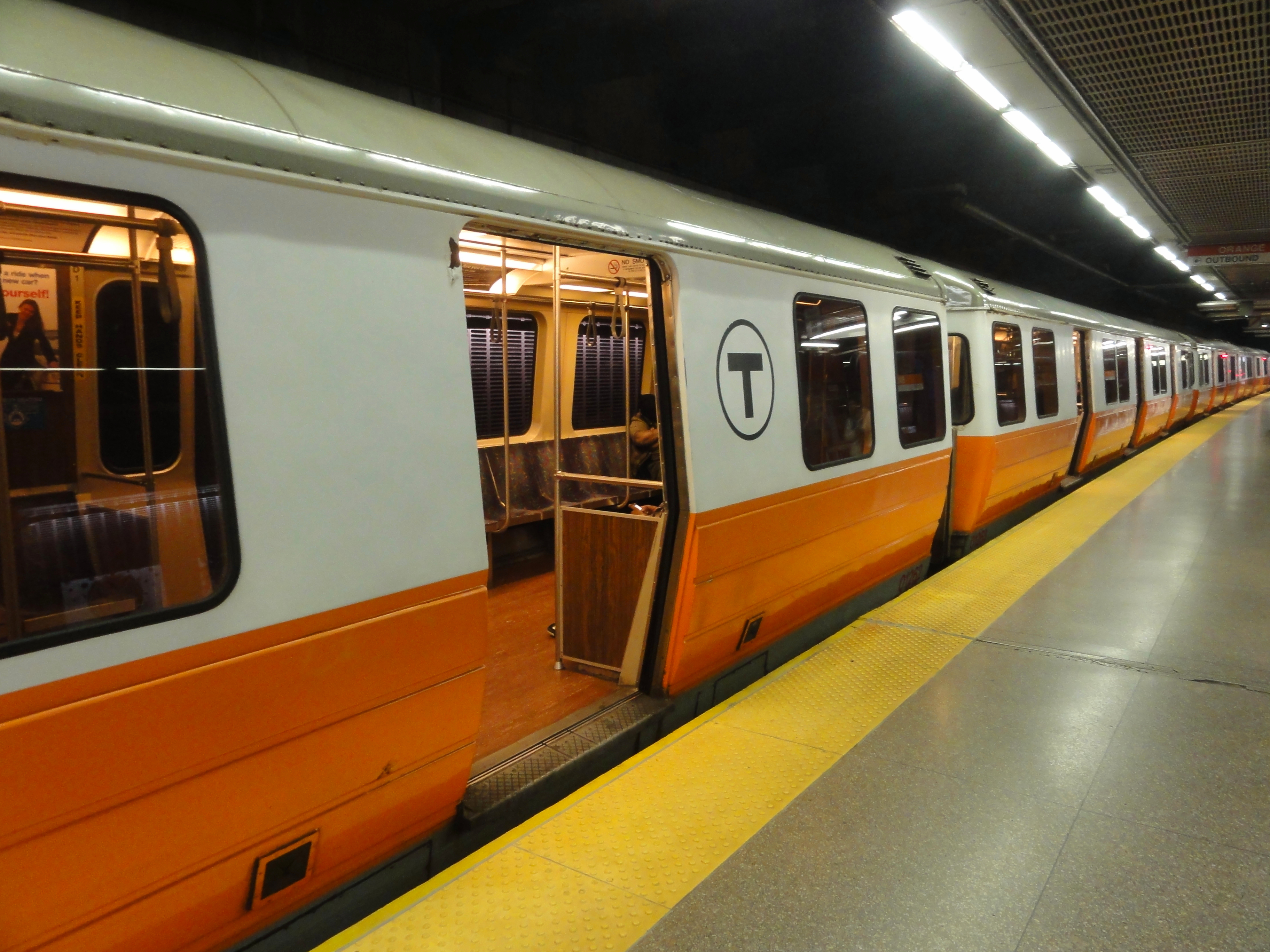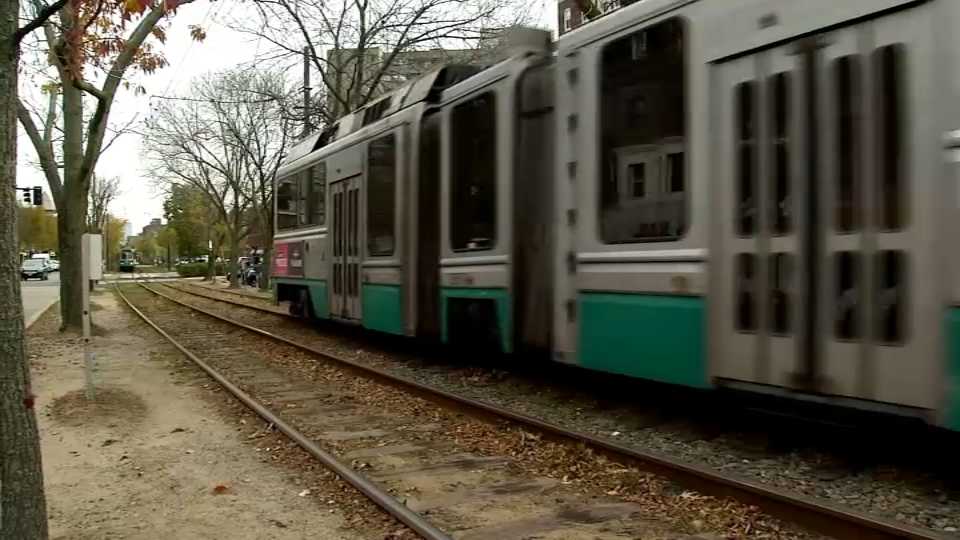The MBTA's Orange Line officially reopened to passengers Monday morning, after a 30-day closure that officials say allowed crews to replace 14,000 feet of rail and nearly 3,500 feet of track, make repairs to Orange Line stations and eliminate six slow zones.
The first Orange Line trains departed Oak Grove and Forest Hills at 5:16 a.m. Monday morning.
"So far, so good," MBTA General Manager Steve Poftak said after riding the train to work Monday.
He said slow zones are still in place, but following the repairs those will begin to be lifted over the next five to seven days.
Get Boston local news, weather forecasts, lifestyle and entertainment stories to your inbox. Sign up for NBC Boston’s newsletters.
"Folks should realize it's going to be a little bit slow today," Poftak said. "It's going to get faster as the week goes on."
"I think right now we're getting back into the groove of running the trains, trying to make sure trains are adequately spaced. As the slow zones come off, as we get back into the flow here, we shouldn't have those types of delays."
Poftak added that he was thrilled with how well the project went.
"I understand there's a great deal of skepticism at times about the MBTA," he said. "We planned very intensely for this, we knew we had to come through for our customers. I'm very pleased with the results."
Boston Mayor Michelle Wu also took the Orange Line to work Monday, and said her trip from Forest Hills to State Street was about 25 minutes long.
"We had a great ride in this morning on the new and improved Orange Line," she said. "It was fun to look at all the little improvements along the way -- the stations had been cleaned, brand new paint, new stairs installed, new lighting."
Wu said her commute was shortened "quite a bit" since she didn't have to change over to the Green Line.
"It was pretty smooth today," she said. "There will be a little bit of a transition period, but we're headed in a great direction. With huge shuttle buses off our roads now I think we'll start to see an improvement in traffic and congestion. This has been a very disruptive period for all of our commuters, and the impact extends beyond that as well... I'm really encouraged by this new direction."
In addition to the Orange Line getting back on track Monday, the Green Line's Union Square extension, which has also been closed, is reopening to riders.
The MBTA says that after the Orange Line's closure, five years' worth of improvements have been completed. Around 72 new Orange Line cars will be available during peak commuting hours, Poftak said over the weekend. Regular fares will also resume Monday.
Commuters are anxious to see what the upgrades and repairs will look like come Monday, as the commute for tens of thousands of T riders gets back on track.
“Hopefully a new beginning,” one man told NBC10 Boston.
“I’m excited about it, are you kidding me?" Orange Line commuter Crystal Rosa said. "Life has been trash ever since. The Orange Line is the most reliable train that we have, so I’m excited for my commute to be 20 minutes instead of 45.”
Here is a full list of work done on the Orange Line during the month-long closure, according to the MBTA:
- Elimination of six slow zones to allow for faster service at Jackson Square and Stony Brook, State and Downtown Crossing, Tufts Medical Center and Back Bay, Community College and North Station, and two slow zones between Assembly and Wellington along the Dana Bridge.
- Replacement of 14,000 feet of rail and more than 2,800 rail ties.
- Replaced 3,500 feet of track.
- Installation of 400 rail fasteners called “Cologne Eggs,” which dampen vibrations and noise for a more comfortable ride.
- Upgraded signals at Oak Grove and Malden Center from analog to digital to reduce time and maintenance.
- 45,000 feet of new signal cable was laid within the Southwest Corridor, which will be activated in 2023 as part of the Signal Upgrades project when the new system is placed in service.
- Repaired and weatherproofed Sullivan Square station’s roof and canopy to protect it from the elements and the roadway above.
- Forest Hills station is now fully accessible from both the Washington Street and Banks Place entrances. New granite tiles have also been installed at station entrances along with a new skylight. Additional improvements include the polishing and sealing of the terrazzo, painting lobby ceilings, and completing construction of the redundant lobby elevator.
- Upgraded two Crossovers at Ruggles and Jackson Square so trains can seamlessly move between tracks.
- Updated Oak Grove’s accessibility by replacing the roof, doors, windows, stairs, granite, pavers, terrazzo flooring, and elevators.
- Readied 72 new Orange Line cars, an increase from 30 cars when the Orange Line shutdown first started.
The Orange Line's historic shutdown by the MBTA began Aug. 19, and in its place, shuttles have been traversing through Boston and other suburbs typically serviced by the transit line. Crews have been working around the clock to complete five years' worth of track and signal replacement, along with maintenance and other projects during the 30-day period.
The MBTA is now planning for three 9-day closures on the Green Line's D Branch, as well as another shorter closure on the Red Line to Braintree.
Poftak said it is unlikely there will be any future closures on the same scale as the Orange Line shutdown, but partial diversions like the Green Line D Branch work will likely be part of the MBTA's "toolkit" going forward.
"I never say never, but right now we don't have anything like [the Orange Line closure] on the drawing board," he said.



